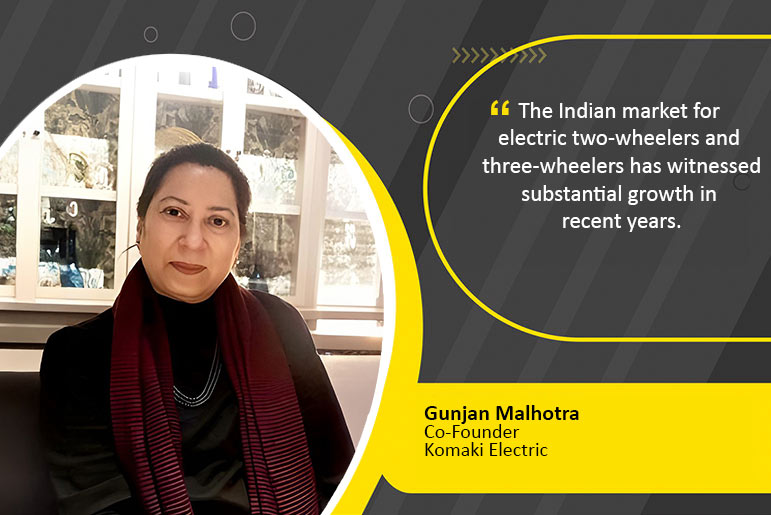The Indian transportation landscape is undergoing a significant transformation, with electric vehicles (EVs) emerging as a key player, particularly in the last-mile delivery segment. Electric two-wheelers (E2Ws) and three-wheelers (E3Ws) are rapidly gaining traction, driven by a confluence of factors including rising fuel costs, stringent emission norms, and increasing environmental concerns.
The Rise of Electric Two-Wheelers and Three-Wheelers
The Indian market for electric two-wheelers and three-wheelers has witnessed substantial growth in recent years. Several factors have contributed to this surge:
- Government Incentives: Government initiatives such as the Faster Adoption and Manufacturing of Hybrid & Electric Vehicles (FAME) scheme have provided significant impetus to the EV sector. These incentives have helped reduce the upfront cost of EVs, making them more affordable for consumers.
- Environmental Concerns: Growing awareness about air pollution and climate change has led to a shift towards cleaner and greener transportation solutions. EVs, with their zero-emission tailpipe emissions, offer a sustainable alternative to traditional petrol and diesel vehicles.
- Lower Operating Costs: Electric vehicles have lower operating costs compared to their conventional counterparts. The cost of electricity is significantly lower than the cost of petrol or diesel, resulting in substantial savings for consumers.
- Technological Advancements: Rapid advancements in battery technology have led to increased range and faster charging times for EVs. This has addressed one of the major concerns associated with electric vehicles – range anxiety.
- Growing E-commerce Industry: The booming e-commerce industry has fueled the demand for efficient and eco-friendly last-mile delivery solutions. Electric two-wheelers and three-wheelers are well-suited for this purpose, as they can navigate through congested urban areas and offer lower operating costs.
Challenges and Opportunities
While the future of electric two-wheelers and three-wheelers in India looks promising, several challenges remain:
- Limited Charging Infrastructure: One of the major hurdles to the widespread adoption of EVs is the lack of adequate charging infrastructure. The government and private sector need to collaborate to establish a robust network of charging stations across the country.
- High Initial Cost: Although the operating costs of EVs are lower, the initial purchase price remains higher than that of conventional vehicles. This can deter potential buyers, especially in the lower-income segments.
- Battery Technology: While battery technology has advanced significantly, further improvements are needed to increase battery life, reduce charging time, and lower costs.
- Consumer Perception: Many consumers still harbor misconceptions about electric vehicles, such as range anxiety and limited performance. Educating consumers about the benefits of EVs is crucial to dispel these myths.
Despite these challenges, the potential for electric two-wheelers and three-wheelers in India is immense. The government’s continued support, coupled with technological advancements and increasing consumer awareness, can accelerate the adoption of EVs and contribute to a cleaner and greener future.
The Road Ahead
To fully realize the potential of electric two-wheelers and three-wheelers, a multi-pronged approach is required:
- Policy Support: The government should continue to provide incentives and supportive policies to promote the adoption of EVs.
- Infrastructure Development: A robust charging infrastructure is essential to facilitate the widespread use of EVs.
- Technological Innovation: Continued research and development in battery technology and other EV components can help improve performance and reduce costs.
- Consumer Education: Creating awareness about the benefits of EVs and addressing consumer concerns can drive demand.
- Industry Collaboration: Collaboration between industry players, government agencies, and research institutions can accelerate the development and deployment of EV solutions.
By addressing these challenges and capitalizing on the opportunities, India can position itself as a global leader in electric mobility. The electrification of the last mile will not only reduce pollution and improve air quality but also create new economic opportunities and contribute to a sustainable future.

